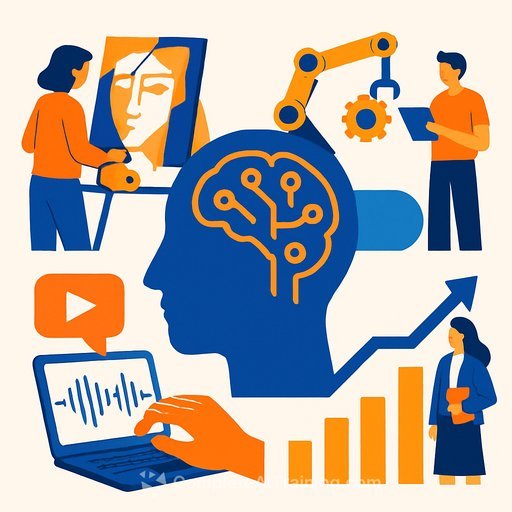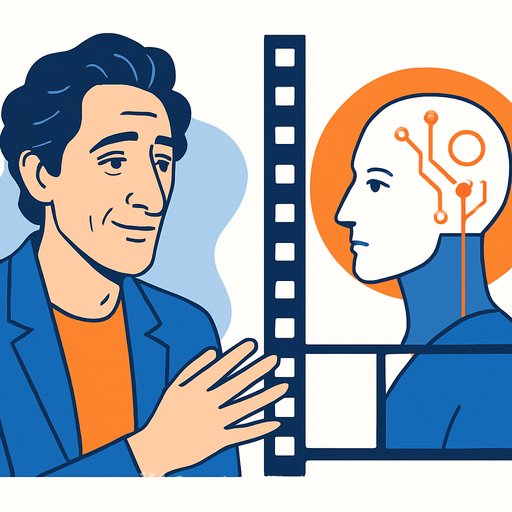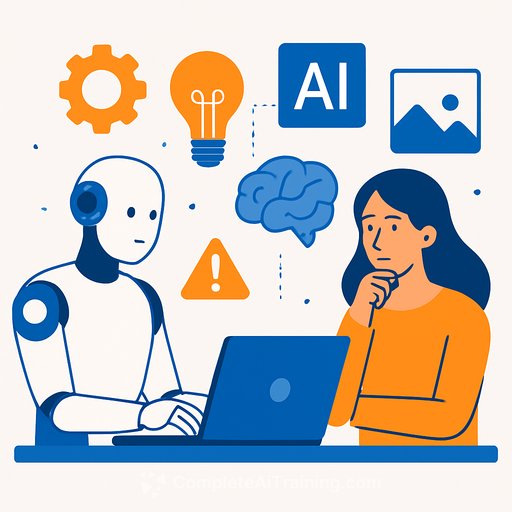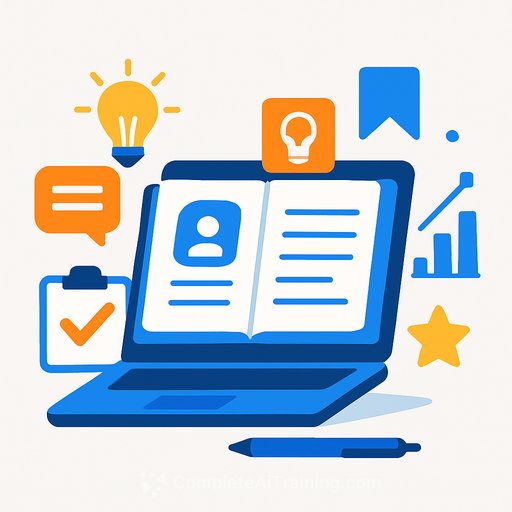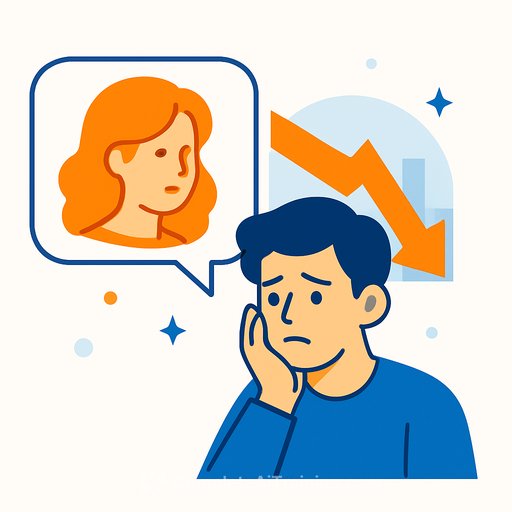How Creatives Can Thrive With AI
AI can be an incredible creative partner. The catch: you only get results if you point it at the right problems and give it strong direction. Don't chase tools. Use them to extend your abilities and ship better work, faster.
1) Augment your core expertise with new skills
Stop thinking "How can AI speed up what I already do?" Start thinking "What new outputs can I create because AI fills my gaps?" A copywriter can prototype layouts and sample videos. An art director can draft scripts, captions, and CTA variations without waiting on a writer.
- Pick one adjacent skill to add this month (design, motion, audio, research, data viz).
- Set a small goal: produce one end-to-end concept per week that includes that new skill.
- Keep a brand/style cheat sheet so your outputs stay consistent across formats.
- Archive your best prompts and references in a shared doc. Reuse and iterate.
The shift is simple: become a one-person studio. Ideas move from concept to execution without losing momentum.
2) Pressure-test ideas with synthetic critics
AI can roleplay audiences and expose weak spots before you burn budget. Treat it like a blunt, honest reviewer that never gets tired. You're not looking for approval-you're looking for objections you can fix.
- Build 3-5 quick personas (skeptic, superfan, expert, price-sensitive, parent). Give each clear goals and fears.
- Ask each persona: "What's confusing, boring, or unbelievable here?" Then improve the work and re-test.
- Run simple checks: clarity (is the point obvious?), novelty (is there a fresh angle?), proof (is there evidence?).
- Keep a changelog of edits tied to persona feedback so you can show your team why choices were made.
It's a second set of eyes. Not gospel. Use what's useful, discard the rest, and keep moving.
3) Extend a strong concept across channels
Start with one flagship asset, then scale. From a 30-second video, create platform-specific cuts, captions for segments, and audience-specific hooks. Swap environments, props, or references so each version feels native, not copy-pasted.
- Create ratio-ready versions (16:9, 1:1, 9:16). Write hooks for each audience segment.
- Atomize: pull scripts, stills, carousels, stories, snippets, thumbnails, email lines, and landing page blocks.
- Maintain a single source of truth for messaging and brand voice so variations stay aligned.
- Document what's auto-generated vs. handcrafted to speed approvals and compliance.
AI won't invent your concept. But with strong raw material, it can multiply reach without diluting quality.
4) Do the "more impossible" work
The real edge comes from ideas that weren't feasible before. Think AI-driven press experiences where fans submit questions and receive personalized, approved video responses from a digital clone. Or retail mirrors that preview outfits in different lighting and environments-before you step outside.
- Spot moments with high desire and low access (fan Q&A, backstage content, fit/feel uncertainty).
- Plan consent, rights, and approvals upfront for any digital likeness or generated content.
- Prototype with off-the-shelf models first. Prove the experience, then invest in custom.
- Pilot with a small, clearly defined audience. Measure lift in engagement, retention, and conversion.
A simple weekly workflow
- Monday: Generate 20 concepts with AI, shortlist 3 that pass your taste test.
- Tuesday: Build scrappy prototypes that include one new skill outside your core.
- Wednesday: Run persona critiques, fix weak points, tighten the offer and proof.
- Thursday: Produce channel variants and set up distribution.
- Friday: Review metrics, archive winning prompts/assets, and document what to repeat.
Keep your tool stack lean
Buy for jobs, not hype. Cover text, image, video, and audio. Ensure export quality, integrations with your current workflow, and clear usage rights. Then stop shopping and ship work.
- Need a fast way to spot and compare options? See curated roundups of creative tools at Complete AI Training.
Guardrails that make your work better
- Concept first, tools second. A strong idea beats a flashy filter.
- Track sources, permissions, and likeness rights for anything you generate or remix.
- Stress-test for bias and factual gaps, especially on claims and sensitive topics.
- Keep a human editorial pass before anything important goes live.
Bottom line
Creatives win by using AI to expand skills, stress-test ideas, multiply formats, and build experiences that used to be out of reach. Use the tech as an additive force. Make the work sharper, faster, and-most importantly-more original.
Your membership also unlocks:

